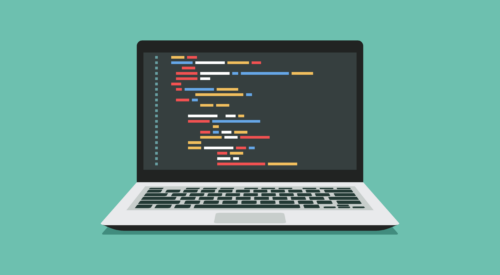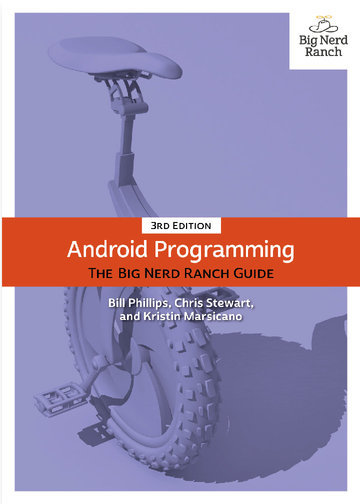
From Punched Cards to Prompts
AndroidIntroduction When computer programming was young, code was punched into cards. That is, holes were punched into a piece of cardboard in a format...
I’ve been lucky enough to read the 3rd edition of Android Programming: The Big Nerd Ranch Guide early (because I helped write it) and now I have the opportunity to tell you about it.
You’ve seen what we planned to write about. You’ve seen how the writing process works. Now, you will see what actually made it into the book.

If you came here looking for a skimmable list instead of detailed descriptions of each point, here it is:
Plus hundreds of smaller improvements thanks to feedback from our students and our forums.
Now, let’s break this down.
You could feel the earth shake when ConstraintLayout was first announced. Is this the UI tool that we’ve been waiting for? Good performance and complex layouts made easy with a graphical tool? You be the judge. We have done our research and you can see how to use it in the book.
Read all about our decision to include it in the book in our post about the writing process.
At Big Nerd Ranch, we make the effort to support as many users as possible in the apps that we build and you should do the same. After reading the book, or joining an Android-specific bootcamp, you will have the skills needed to make that happen. We’ve always talked about how language is part of the device configuration, but now we have a dedicated chapter to walk you through the details of that process.
You will also learn about accessibility. Kristin Marsicano has written a chapter that discusses the most important accessibility considerations that you will come across and points you toward other areas of concern.
We also talk about emerging techniques in Android. Of course, we still talk about the model-view-controller architecture, but now we also cover the model-view-viewmodel architecture, which we have grown to appreciate. You will learn how to use Data Binding to support an MVVM architecture. Finally, you will write unit tests to verify that your view model classes work.
With every update to the book, we look out toward the future. The minimum SDK throughout has been updated to KitKat (API level 19) and this edition addresses any concerns you would have supporting Nougat and beyond.
Now, the call to action. You can pre-order the book through Amazon or InformIT before it is officially released in mid-February. If you can’t wait that long, sign up for one of our Android classes. In every class we teach, you will receive the latest version of the book taught by an expert instructor.
Our five-day Android Essentials course is based off of the book. As students work through the class, we see where they run into snags. This shows us what is easy, and what takes a little more explanation. We use the feedback from our courses to make this book buttery smooth.
In everything we do at Big Nerd Ranch, our goal is to be genuinely useful. To empower others to make great things. I believe that we’ve done that and I’m excited to see what you can do.

Introduction When computer programming was young, code was punched into cards. That is, holes were punched into a piece of cardboard in a format...

Jetpack Compose is a declarative framework for building native Android UI recommended by Google. To simplify and accelerate UI development, the framework turns the...

Big Nerd Ranch is chock-full of incredibly talented people. Today, we’re starting a series, Tell Our BNR Story, where folks within our industry share...